Jacquard Looms: Future of Weaving
Table of content
- Introduction to the Jacquard Loom
- How Jacquard Loom
- Types of Jacquard Looms
- Benefits of Jacquard Weaving
- Applications of Jacquard Loom Machines
- Maintaining Your Jacquard Machine
- Conclusion
Introduction to the Jacquard Loom
The jacquard loom is an innovative machine that has transformed the way textiles are produced. Its ability to create intricate patterns has made it a favorite among textile manufacturers and designers. This machine revolutionized jacquard weaving, enabling artisans to produce complex designs quickly and efficiently. Understanding the jacquard loom not only highlights its significance in historical terms but also showcases its ongoing relevance in modern textile production.
How does the Jacquard Loom work?
At its core, the jacquard loom operates on a simple yet effective principle. It uses a series of punched cards to control the lifting of warp threads, which ultimately determines the pattern woven into the fabric. Each card corresponds to a specific row in the design, allowing the machine to create detailed motifs with relative ease.
Warp Threads: These are vertical threads that are held taut on the loom.
Weft Threads: These are the horizontal threads that are woven through the warp threads.
Punched Cards: Historically, these cards were used to automate the weaving process. Today, many jacquard machines utilize electronic systems to achieve similar results.
By controlling the warp threads using these cards or modern technology, the jacquard loom can produce a wide range of fabrics, from simple designs to intricate florals and geometric patterns.
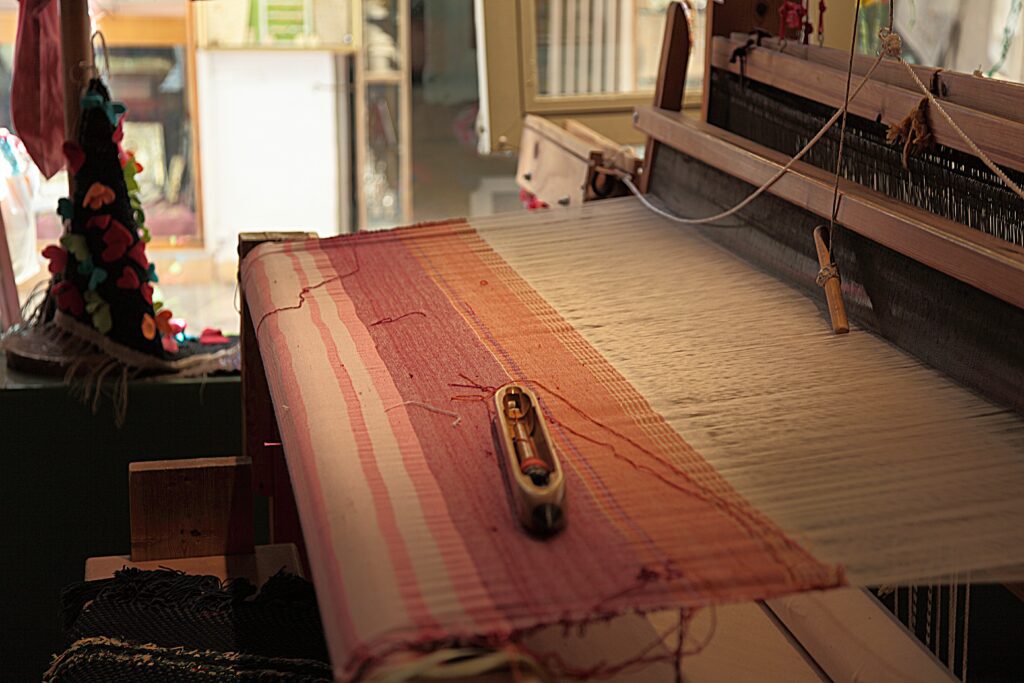
Types of Jacquard Looms
There are primarily two types of jacquard looms that manufacturers use today: the traditional jacquard loom and the electronic jacquard loom.
Mechanical Jacquard Loom
The traditional jacquard loom is mechanical. It relies on a system of levers and pulleys to manipulate the warp threads. While these machines can produce beautiful designs, they are typically slower and may require more skilled labor to operate efficiently.
Electronic Jacquard Loom
The electronic jacquard loom, on the other hand, makes use of advanced technology to improve efficiency. This machine integrates computerized systems to automate the process, allowing for rapid pattern changes and high-volume production. The electronic jacquard machine is preferred in many commercial settings today due to its speed and flexibility.
What are the benefits of using Jacquard Weaving?
Jacquard weaving offers numerous advantages that make it appealing to textile artists and industrial manufacturers alike. Here are some of the key benefits:
Versatility: The jacquard loom can produce a wide variety of patterns, from simple designs to complex motifs.
Efficiency: With the use of electronic jacquard weaving technologies, manufacturers can increase their output significantly.
Reduced Labor Costs: Automation in electronic jacquard machines minimizes the need for manual labor.
Quality: The precision of jacquard weaving often results in high-quality fabrics with fewer imperfections.
Customization: Designers can easily change patterns, allowing for bespoke fabrics tailored to client specifications.
Applications of Jacquard Loom Machines
Jacquard loom machines are utilized in a variety of sectors. Some notable applications include:
Fashion: Renowned fashion designers use jacquard weaving to create unique textile designs for their collections.
Home Décor: From upholstery to curtains, jacquard woven fabrics enhance the aesthetic appeal of interior spaces.
Automotive Textiles: Manufacturers employ jacquard looms to produce durable and intricate designs for car interiors.
Technical Textiles: Specialty fabrics used in industrial applications often benefit from the robustness of jacquard weaving technology.
How to maintain a Jacquard Machine?
Proper maintenance of your jacquard loom is essential to ensure its longevity and maintain production efficiency. Here are some maintenance tips:
Regular Cleaning: Dust and lint can accumulate and cause issues. Regular cleaning of the machine will prevent build-up.
Lubrication: Ensure moving parts are properly lubricated to enhance performance and reduce wear.
Calibration: Regularly check and calibrate the jacquard loom to ensure accurate pattern production.
Replacement Parts: Keep a stock of essential spare parts to avoid downtime during production.
For more detailed information, consider visiting Weaving Technology.
Conclusion
In summary, the jacquard loom stands as a testament to the evolution of weaving technology. From its origins as a mechanical wonder to the sophisticated electronic jacquard machines we see today, this innovation has greatly advanced the field of textile production. Whether you’re a designer looking to explore jacquard weaving or a manufacturer seeking efficient solutions, understanding the capabilities and benefits of the jacquard loom can help you navigate the exciting world of textiles. For more insights on jacquard weaving techniques and machine options, feel free to explore our other articles and media!
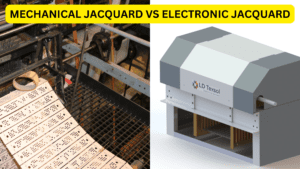

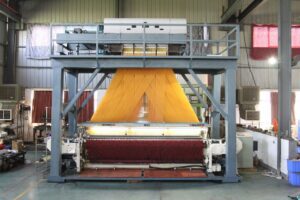
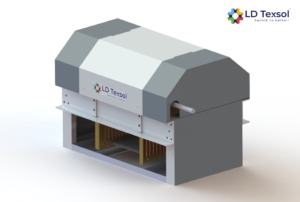
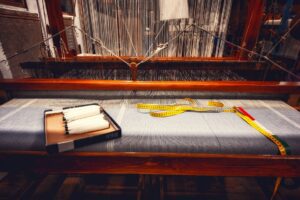

What an informative and comprehensive blog post! I had always known that Jacquard looms played a significant role in textile production, but this post truly helped me understand the mechanics and evolution behind these machines. I found the breakdown of the traditional and electronic Jacquard looms particularly interesting—it’s amazing how technology has transformed the weaving process, allowing for faster production and more complex patterns. The section on maintenance is also a great addition, offering practical tips for keeping these machines in top shape. Jacquard weaving truly seems to be an art form that combines both tradition and innovation. Looking forward to reading more posts like this one!